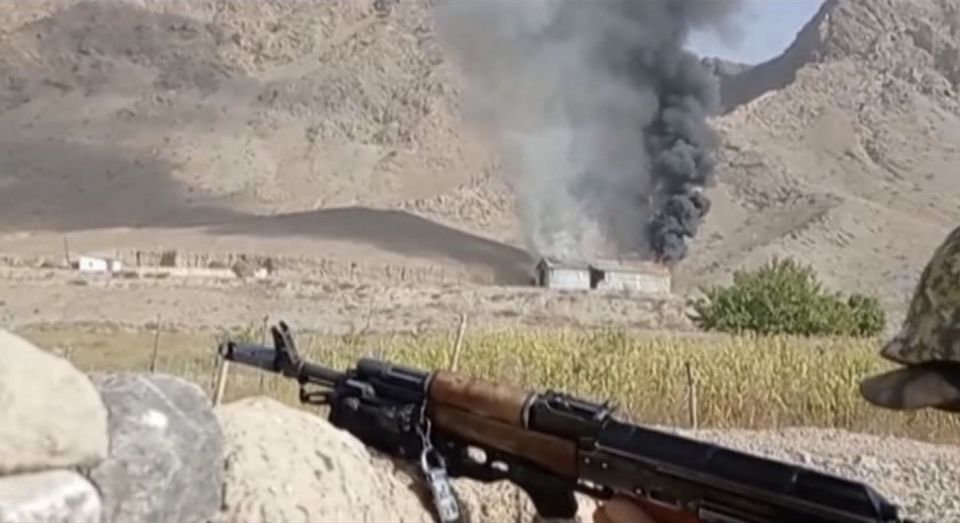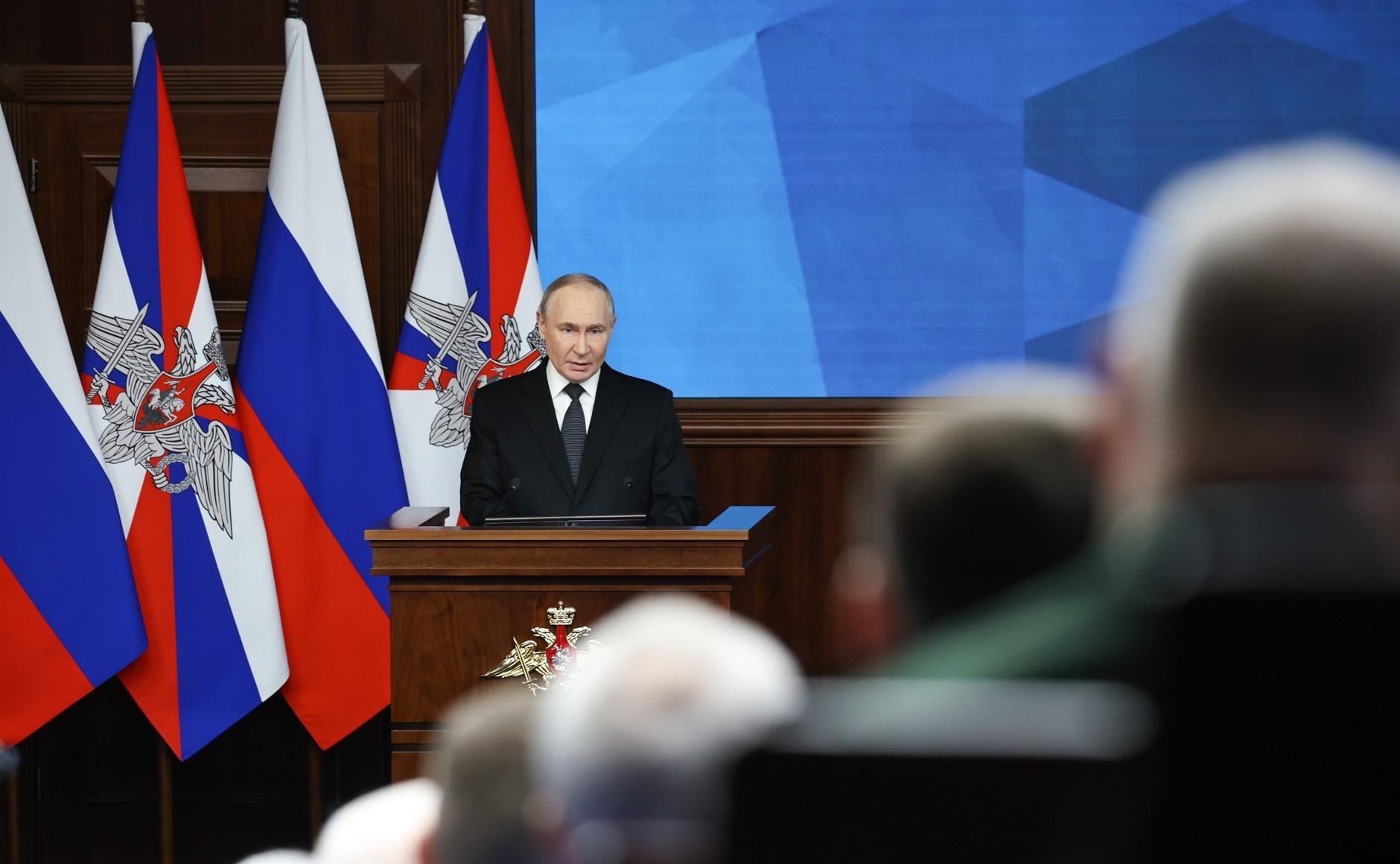
Islamist Radicals From Afghanistan Now Fighting for Tajikistan Against Kyrgyzstan
Islamist Radicals From Afghanistan Now Fighting for Tajikistan Against Kyrgyzstan
One of the greatest nightmares for the countries of Central Asia; outside powers, such as Russia, China and the United States, who are worried about regional stability; and even for Kabul itself, which fears regional blowback, is that radicals from Afghanistan will cross into the region and destabilize the situation. And that reality appears to be becoming true. Marat Imankulov, secretary of the Kyrgyzstani Security Council, claims his country’s special services have now identified Afghans who are fighting for Tajikistan in the latest round of border violence between the two countries. Such people are readily identifiable, he says, by their beards and informal dress and by their propensity to engage in extreme forms of violence. They often torture people and even “cut off their ears,” something the security official says “has never happened before” in previous clashes between Kyrgyzstani and Tajikistani forces. While some might be inclined to dismiss this as Kyrgyzstani propaganda, Imankulov says that the Afghan government, at Bishkek’s request, has confirmed that the photograph they provided to Kabul was an Afghan citizen fighting for Tajikistan (Eurasia Today, September 19). Perhaps even more to the point, residents of the Tajikistani exclave Batken say they are certain those attacking them are Afghans and not Tajikistani citizens (Fondsk.ru, September 16).
Clashes between Kyrgyzstan and Tajikistan over their shared border and especially over the status of the noncontiguous enclaves each state has inside the other’s territory have been going on for more than two decades. The most recent flare up was on September 14, when border guards fired on each other and crowds of people from both sides fought pitched but not especially violent battles with each other. In the last week, more than 100 people have been killed, more than 200 wounded and more than 100,000 have been displaced by the violence. What makes the most recent clashes more dangerous than earlier ones, however, is not so much these statistics but more so the appearance of Afghan fighters on the Tajikistani side, combatants who appear to be far more violent than the regular Tajikistani forces and whose presence helps explain why Tajikistan’s attacks on Kyrgyzstani targets have been far broader than in the past. That in turn explains why the current fighting risks becoming a full-scale war between the two countries, one that could easily draw in others and thoroughly destabilize the region. (For a map showing the locations of the most recent clashes, see Fondsk.ru, September 17; for a discussion of how different the current situation is from the past, see Stoletie.ru, September 16)
One Russian military analyst, Andrey Uvarov, suggested that fighters from Afghanistan on the Tajikistani side, in his view, have possibly been pushed into the conflict by the West, which is seeking another way to put pressure on Moscow. Tensions are now so high that it is possible to speak about the appearance of “a third force” in the conflict, one whose goals are far broader than those of Kyrgyzstan and Tajikistan themselves and one whose actions have kept both Bishkek and Dushanbe from agreeing to have the Kremlin serve as a mediator (Fondsk.ru, September 17). Some Western observers, however, are more inclined to see this unwillingness to involve Moscow as a reflection of Russia’s declining influence in its neighbors because of its aggression against Ukraine (Al Jazeera, September 17.
The involvement of Afghan fighters in these clashes raises the stakes not only for the two countries directly involved but also for the other Central Asian states, who are certain to be affected, as well as the three great powers most closely involved in the region—Russia, China and the US—not to mention Afghanistan itself. For Kyrgyzstan and Tajikistan, the consequences of these developments are obvious and frightening. Not only is the conflict becoming more violent and widespread, but it is also raising the prospect that one or both of these countries may descend into chaos, with Tajikistan being particularly at risk (see EDM, February 15). Meanwhile, the three other Central Asian countries are also at risk. While it is likely that most of the Afghans involved in Tajikistan so far are ethnic Tajiks, Islamist groups in Afghanistan do not feel constrained by ethnicity and are almost certain to view the borders among the Central Asian countries with contempt. That in turn means that many now fighting for Tajikistan may enter Uzbekistan or even Kazakhstan and Turkmenistan to stir up trouble in the near future.
Overall, the danger remains that the intensification of violence brought on by the arrival of Afghan militants may threaten the interests of the three outside powers. In the past, Russia, China and the US have worked together to promote Tajikistan’s security by protecting it from Afghan fighters (see EDM, June 22). More recently, Moscow and Beijing have edged toward a division of responsibilities in the troubled country, given that each has significant security assets there (see EDM, December 7, 2021). Yet, the Afghan combatants’ assertiveness and the Kremlin’s declining influence in the region could trigger conflicts among all three powers, either directly in the case of Russia and China, or through proxies in the US case (see EDM, May 24).
At the same time, the involvement of Afghan fighters in the Kyrgyzstani-Tajikistani clashes, beyond any doubt, will have a negative impact on the Afghan government in Kabul, which has sought to prevent radicals in the north from entering Central Asia lest their presence heighten tensions between Afghanistan and Central Asia—and indeed tensions between Afghanistan and the major powers. The appearance of Afghan fighters highlights Kabul’s inability to control its own territory and population, a failure which ensures that other countries will treat it with ever greater suspicion (see EDM, February 15, August 1).
Consequently, even if the Kyrgyzstani-Tajikistani clash ends with another ceasefire in the coming days, as seems likely, the appearance of Afghan forces represents a game changer for the region, one that makes the future far more explosive than it seemed only one month ago.


